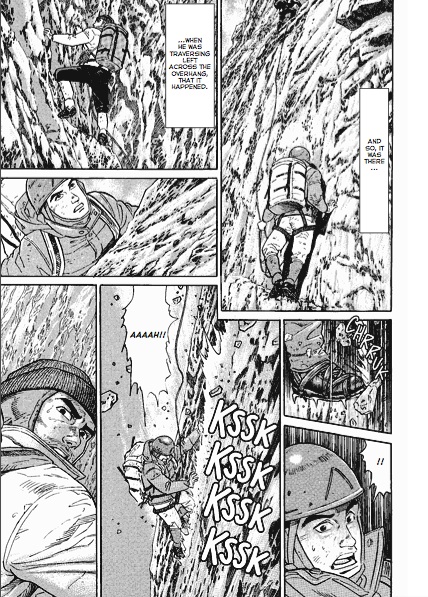 From the back cover:
From the back cover:
Confined to a hospital bed, Scotland Yard’s Inspector Grant is engrossed with a portrait of Richard III. How is it possible, he wonders, that such a sensitive-appearing soul could have been the odious villain, the Wicked Uncle responsible for the murder of his own nephews to secure the British crown for himself? Grant reconsiders 500-year-old evidence and brilliantly arrives at a compelling new answer to one of the most intriguing mysteries in history: who really murdered the Princes in the Tower.
“For truth is rightly named the daughter of time, not of authority.” – Sir Francis Bacon
Review:
After an embarrassing accident, Inspector Grant faces an extended convalescence in a hospital bed. Helpfully minded friends have dropped off some novels, but they hold no appeal. It’s only when Grant’s friend Marta, knowing his interest in faces, brings by a selection of historical portraits that the irksome prickles of boredom begin to fade. Particularly captivating is the portrait of Richard III, whose sensitive expression speaks more of illness and suffering than the villainy for which he is chiefly remembered. His police instincts roused, and together with a research assistant (also supplied by Marta) to do the necessary leg work, Grant sets about proving whether Richard III really did murder his nephews as history claims.
Ever since reading Sharon Kay Penman’s The Sunne in Splendour, I’ve had an interest in Richard III and, if pressed, would count myself among those who believe in his innocence. The Daughter of Time comes to the same conclusion, eschewing the hearsay accounts that fill the history books—often penned by historians from the Tudor years who did not like to write too favorably about the Plantagenets—in favor of contemporary sources and, when that isn’t available, a basic understanding of human nature. Taking it one step further, Grant examines the question of who had the most to gain by the princes’ deaths, and ends up making the case that Henry VII was ultimately responsible.
The wealth of historical information required to make these points is presented in a way that’s anything but dry; on the contrary, I found it fascinating. What makes The Daughter of Time so great, though, is that the storyline in the present is also fun. In what other novel does the protagonist spend the whole of the book confined to bed, his mind challenged and engaged but his body immobile? Anyone who ventures into Grant’s room is liable to be subjected to questioning on the topic of Richard III, and indeed, it’s a member of the hospital staff whose change in opinion regarding the much-maligned monarch is the first triumph of the inspector’s efforts.
Now that I’ve read something so pro-Richard, I feel the need to achieve a balanced view by reading an account that casts him as the murderer. Look, therefore, for a review of Alison Weir’s The Princes in the Tower in the near future.



 I read a Rumiko Takahashi manga for the same reason I watch an Alfred Hitchcock thriller: I know exactly what I’m going to get. Certain plot elements and motifs recur throughout each artist’s work — Hitchcock loves pairing a brittle blond with a rakish cad on the run from authorities, for example, while Takahashi loves pairing a female “seer” with a demonically-tinged boy — yet the craft with which Hitchcock and Takahashi develop such tropes prevents either artist’s work from feeling stale or repetitive. Takahashi’s latest series gives ample proof that while she may have a limited repertory, she’s the undisputed master of the supernatural mystery.
I read a Rumiko Takahashi manga for the same reason I watch an Alfred Hitchcock thriller: I know exactly what I’m going to get. Certain plot elements and motifs recur throughout each artist’s work — Hitchcock loves pairing a brittle blond with a rakish cad on the run from authorities, for example, while Takahashi loves pairing a female “seer” with a demonically-tinged boy — yet the craft with which Hitchcock and Takahashi develop such tropes prevents either artist’s work from feeling stale or repetitive. Takahashi’s latest series gives ample proof that while she may have a limited repertory, she’s the undisputed master of the supernatural mystery.











